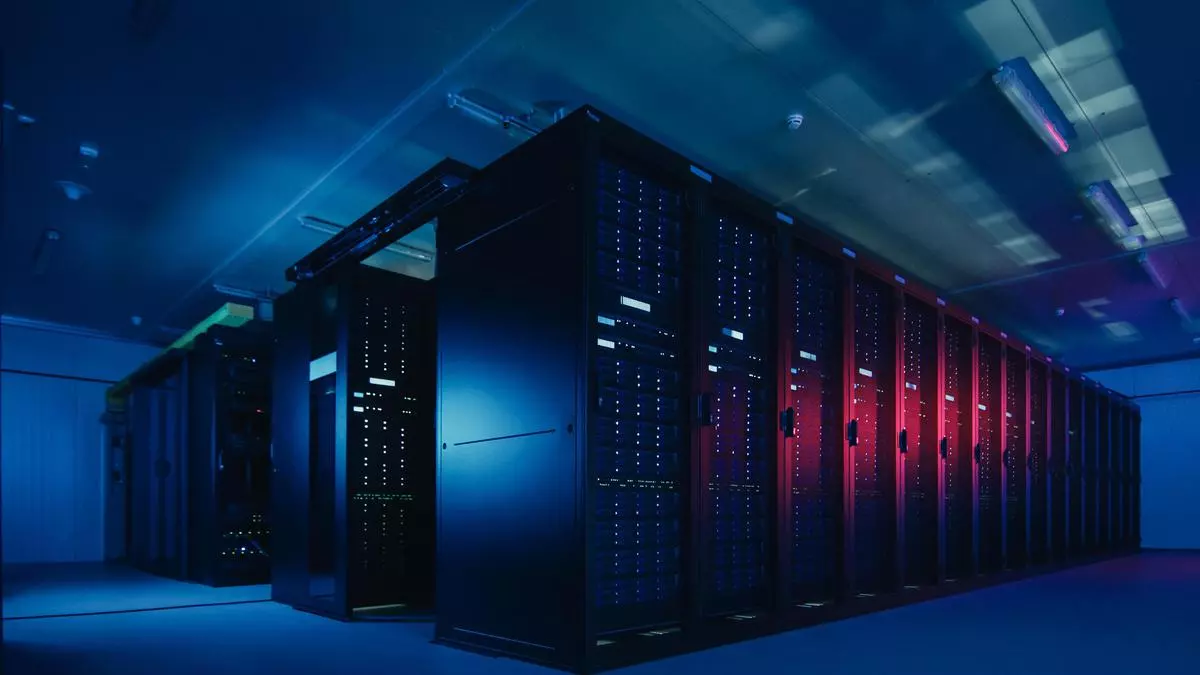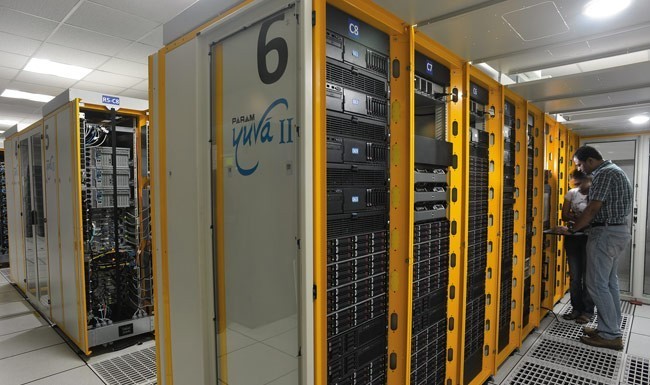India commissioned 5 new supercomputers in 2 days

Indian Prime Minister Narendra Modi has announced the launch of three new PARAM Rudra high-performance computing systems, according to The Register. The move was an important symbol of the country’s social, economic and industrial development.
At the launch, Modi did not reveal details about the characteristics of the supercomputers, but some of the information was provided by the organizations that will use them directly.
Supercomputer Specifications
One of the new supercomputers has been installed at the National Center for Radio Astrophysics (NCRA). This installation includes several thousand Intel processors and 90 NVIDIA A100 graphics gas pedals, with 35 Tbytes of RAM and 2 Pbytes of storage. The other supercomputer is located at the S. N. Bose Center for Basic Sciences (SNBNCBS) and its performance reaches 838 teraflops.
The third system is housed at the Inter-University Accelerated Computing Center (IUAC). This supercomputer has a performance of 3 petaflops, is equipped with 24-core Intel Xeon Cascade Lake-SP processors, and has a storage capacity of 4 Pbytes. Interconnect has a bandwidth of 240 Gbps.
The supercomputer’s performance reaches 3 metaflops.
The Register reports that the technical parameters of the supercomputers match the first generation of Rudra systems. According to available documentation, these complexes include:
- A motherboard for 1U or 2U wide servers, allowing up to 64 servers to be installed in a rack with a total power of 40 kW;
- Two Intel Xeon Cascade Lake-SP processors;
- Two graphics gas pedals (model not specified);
- Two U.2 NVMe SSDs;
- Two 10GbE ports and optional network adapter;
- Trinetra Interconnect with six 100G full duplex interfaces;
- Direct liquid cooling system developed by the company;
The second generation Rudra systems are expected to use Xeon Sapphire Rapids processors and up to four graphics gas pedals. The third generation of supercomputers will be equipped with 96-core Arm AUM processors developed by India’s Advanced Computing Development Center and manufactured using TSMC’s 5nm technology.
The third generation of supercomputers will be equipped with Arm AUM processors, which are 96-core processors developed by India’s Advanced Computing Development Center and manufactured using TSMC’s 5nm technology.
New supercomputers from Eviden
A subsidiary of Atos, Eviden, has announced the delivery of two new supercomputers to India. One has been installed at the Indian Institute of Tropical Meteorology (IITM) in Pune and the other at the National Center for Medium Term Weather Forecasting (NCMRWF) in Noida. These systems, built on the BullSequana XH2000 platform, are designed to study climate and meteorological processes. AMD, NVIDIA and DDN have been involved in the development.
The supercomputer installed at IITM, dubbed ARKA, has a performance of 11.77 petaflops and consists of 3,021 nodes with AMD EPYC 7643 (Milan) processors, 26 nodes with NVIDIA A100 graphics gas pedals, an NVIDIA Quantum InfiniBand network, and 33 Pbytes of storage (including 3 Pbytes of SSD and 29 Pbytes of HDD). The NCMRWF supercomputer, named Arunika, has a performance of 8.24 petaflops, includes 2115 nodes with AMD EPYC 7643 (Milan) processors, an NVIDIA Quantum InfiniBand network and DDN EXAScaler ES400NVX2 storage (including 2 Pbyte SSD and 22 Pbyte HDD). Additionally, the system features a dedicated 1.9 petaflops machine learning and artificial intelligence unit with 18 nodes running NVIDIA A100 gas pedals.









